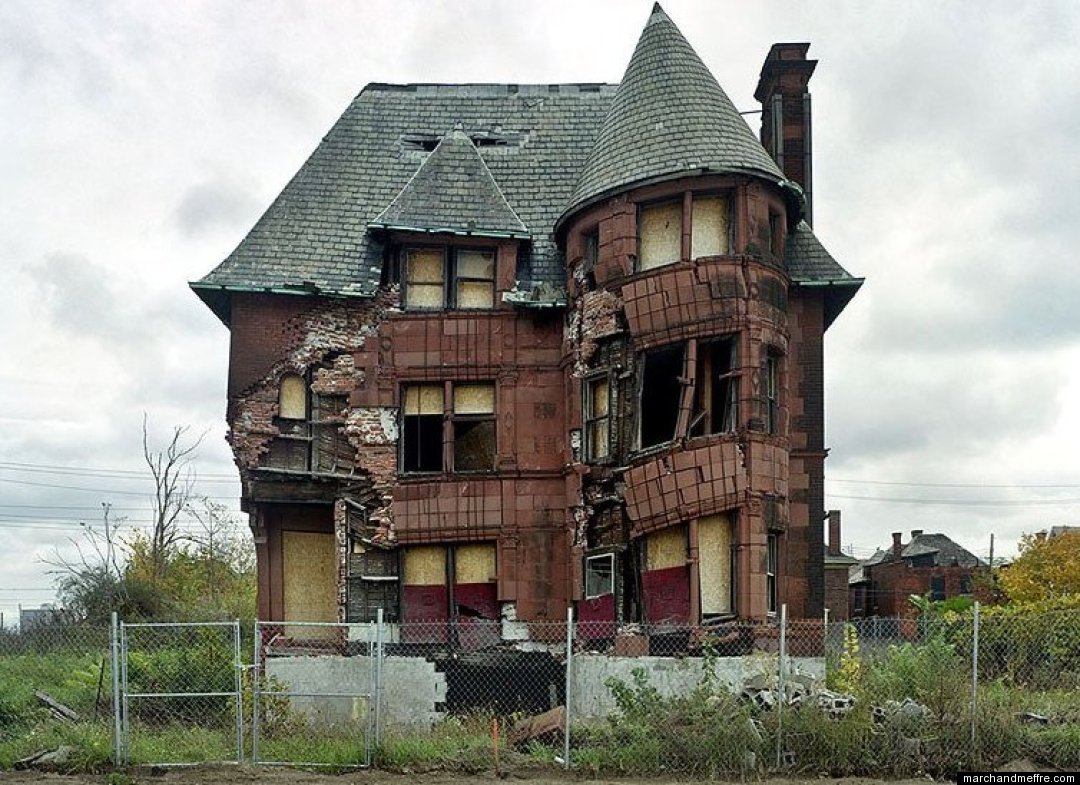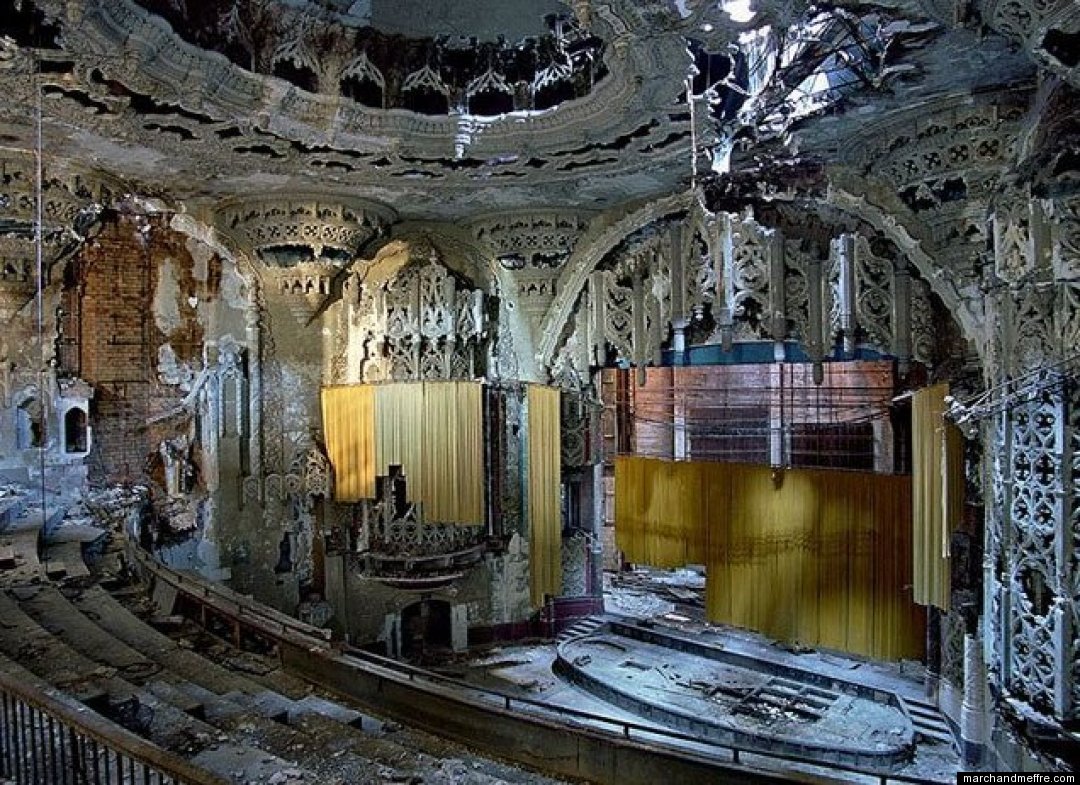I met a traveller from an antique land
Who said: “Two vast and trunkless legs of stone
Stand in the desert. Near them on the sand,
Half sunk, a shattered visage lies, whose frown
And wrinkled lip and sneer of cold command
Tell that its sculptor well those passions read
Which yet survive, stamped on these lifeless things,
The hand that mocked them and the heart that fed.
And on the pedestal these words appear:
`My name is Ozymandias, King of Kings:
Look on my works, ye mighty, and despair!’
Nothing beside remains. Round the decay
Of that colossal wreck, boundless and bare,
The lone and level sands stretch far away”.
Thanks Shelley.

Those two vast and trunkless legs of stone sit there still, in the deserts of Egypt, as they have done for thousands of years. That’s the way historic ruins are meant to be – ageless, timeless, reasons lost in the mists of forgetfulness.
And yet, ruins are still being created, even now, even today. No, not here in Wellington. We may be going through a little quiet patch right now, but at least our city is still buzzing.
It could be worse. You could be living in Detroit. Five years in the making, and a sell-out exhibition wherever it goes, the photographs of Yves Marchand and Romain Meffre show the steady decline and the dying of a once-great American city.

Detroit, once the city of dreams, the city of cars, of soul music, of big V8 motors: Mo-town. Now, it is the city – not just of faded dreams, but of active nightmares. Even reality is based on a bad dream.

The Robocop movies, set in a dying industrial landscape of spiralling crime and with a denouement in a toxic waste factory, Paul Weller’s cyborg policeman is now being proposed as a potential public statue.
Meanwhile, it seems more likely that Detroit will be going to declare bankruptcy, inflicting even more misery on its few remaining citizens. The city is simply being abandoned, bit by bit, street by street. People are just walking away and not coming back, and Marchand / Meffre’s photographs capture that moment as the crackheads take over the abandoned infrastructure and continue to wreak havoc on it.

Marchand and Meffre in their own words describe the process:
“In 1913, up-and-coming car manufacturer Henry Ford perfected the first large-scale assembly line. Within few years, Detroit was about to become the world capital of automobile and the cradle of modern mass-production. For the first time of history, affluence was within the reach of the mass of people. Monumental skyscapers and fancy neighborhoods put the city’s wealth on display. Detroit became the dazzling beacon of the American Dream. Thousands of migrants came to find a job. By the 50’s, its population rose to almost 2 million people. Detroit became the 4th largest city in the United States.”
“The automobile moved people faster and farther. Roads, freeways and parking lots forever reshaped the landscape. At the beginning of the 50’s, plants were relocated in Detroit’s periphery. The white middle-class began to leave the inner city and settled in new mass-produced suburban towns. Highways frayed the urban fabric. Deindustrialization and segregation increased. In 1967, social tensions exploded into one of the most violent urban riots in American history. The population exodus accelerated and whole neighbourhoods began to vanish. Outdated downtown buildings emptied. Within fifty years Detroit lost more than half of its population.”
“Detroit, industrial capital of the XXth Century, played a fundamental role shaping the modern world. The logic that created the city also destroyed it. Nowadays, unlike anywhere else, the city’s ruins are not isolated details in the urban environment. They have become a natural component of the landscape. Detroit presents all archetypal buildings of an American city in a state of mummification. Its splendid decaying monuments are, no less than the Pyramids of Egypt, the Coliseum of Rome, or the Acropolis in Athens, remnants of the passing of a great Empire.”



Leave a Reply